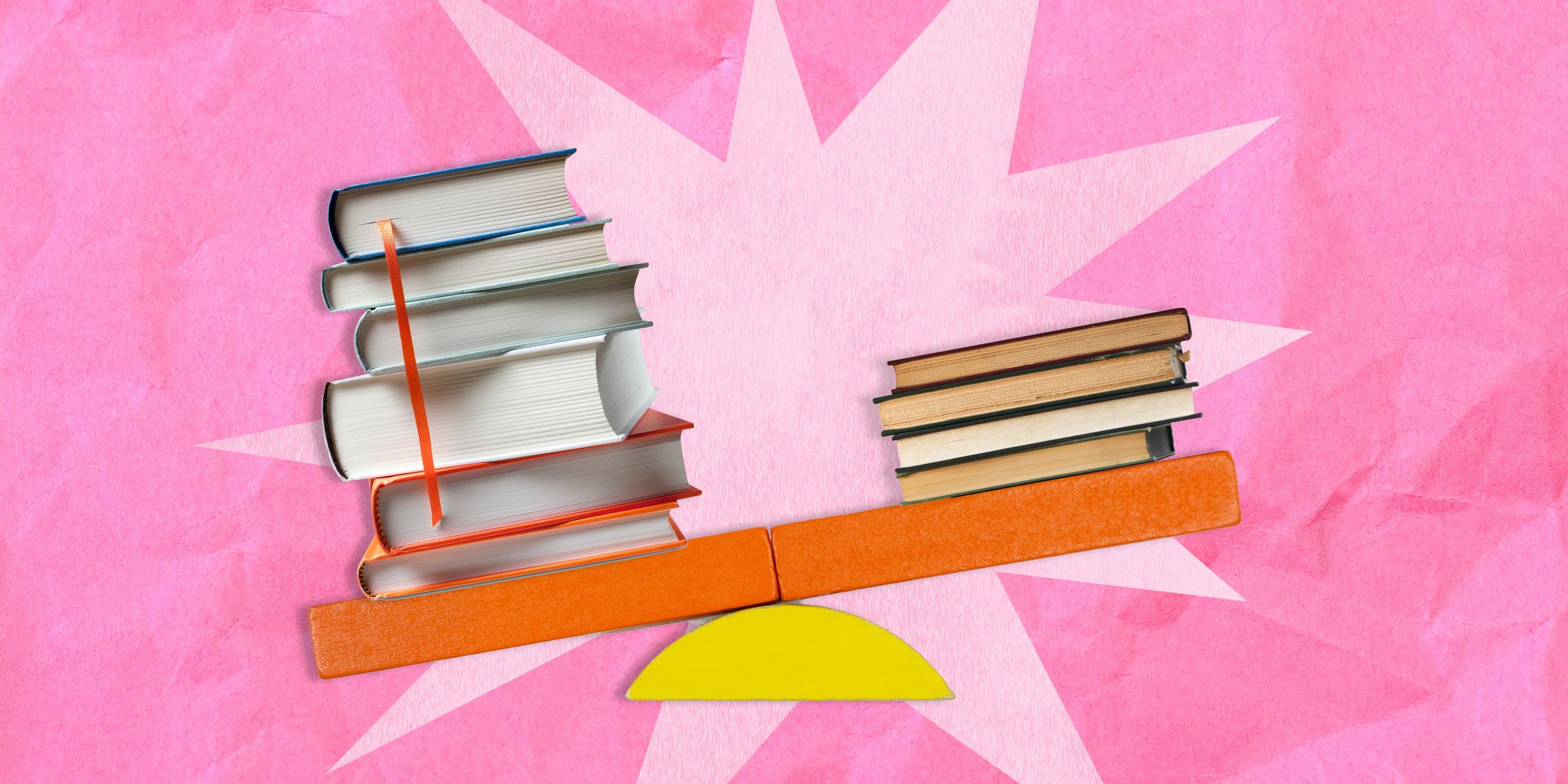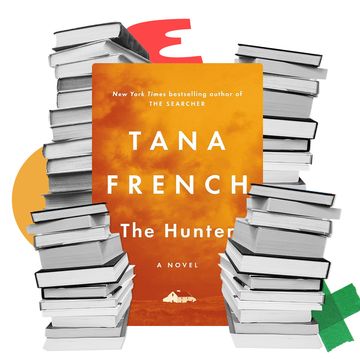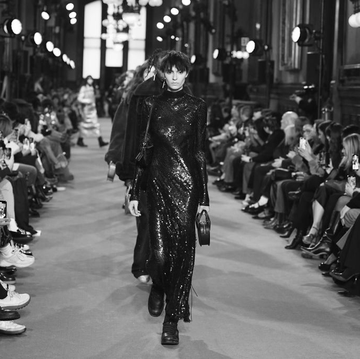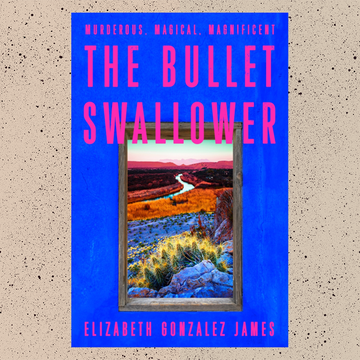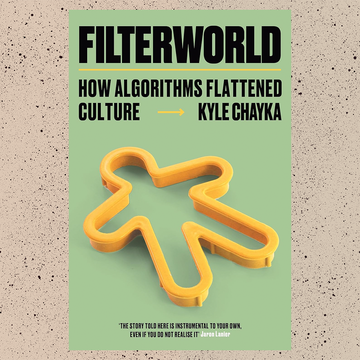“Read this,” the viral tweet begins. “DO NOT look up anything about it. just read it. it's only like 200 pages u can download it on audible it's only like four hours. do it right now i'm very extremely serious.”
Bigolas dickolas wolfwood, the viral tweet’s author, was indeed very extremely serious: in early May, this tweet amassed 145,000 likes and over 20,000 retweets, driving enough sales to send its subject—This Is How You Lose the Time War by Amal El-Mohar and Max Gladstone—to #3 on the Amazon sales chart and to #9 on the New York Times bestseller list. “I do not understand what is happening but I am incomprehensibly grateful to bigolas dickolas,” El-Mohtar tweeted in response.
Industry leaders dissected the situation last month at the Publisher’s Weekly Book Show during a panel discussion titled “How to Talk About Books.” Almost half the tweet assures readers fighting their own time wars that This Is How You Lose the Time War is “only like 200 pages” and “only like four hours” as an audiobook. “Two hundred pages is a beautiful, beautiful thing,” Miwa Messer, the Executive Producer at Barnes and Noble, said during the panel.
Conventional wisdom in the publishing industry says that books either too long or too short won’t sell to the general reader, but the viral tweet’s sales power shows a desire among general audiences for the concise, intense books that have been gaining momentum in the literary fiction and nonfiction categories in recent years. Thanks to factors like dwindling attention spans, less leisure time, and price hikes across paperbacks and hardcovers, short texts—novellas, standalone short stories, poetry collections, plays, and experimental cross-genre works—are finally getting their due. Those of us who work in or adjacent to the publishing industry have long recommended novellas to each other as “palate cleansers,” and titles such as Antoine Wilson’s Mouth to Mouth, Maggie Millner’s Couplets, and Olga Ravn’s The Employees have become word-of-mouth hits.
On a wider scale, Annie Ernaux’s Nobel Prize last fall was “a big win for the slim volume,” per author Alexandra Kleeman, a sentiment that McNally Jackson assistant manager Jack Kyono heard repeated throughout awards season. (Ernaux’s best-known works are all under 200 pages, some under 100 pages.) One of Kyono’s colleagues even speculated that 2023 could be “‘the year of the slim volume,’” he said. Though he isn’t entirely convinced, he has noticed a trend of imprints releasing dedicated series of novellas or standalone stories and essays.
In 2021, Gagosian launched Picture Books, an imprint focused on hardcover fiction under 100 pages, organised by Emma Cline. McNally Jackson itself started issuing McNally Editions in January 2022, which are often quite slim. In the fall, New Directions launched its Storybooks collection of hardcover stories. “I've always been an admirer of Dr. Seuss,” said the writer and translator Gini Alhadeff, who brought the Storybooks idea to New Directions. “I thought, ‘Why can’t a grown-up have a really good-looking book with a story she or he could read in about an hour and a half from start to finish?” And then, in January 2023, as if to confirm that standalone short texts are really, truly, a publishing trend, The Atlantic published its first run of standalone “Atlantic Editions” essays with the Molly Stern-led startup Zando.
Aside from these dedicated series, Kyono said, he’s seen an influx of “little hardcover 60-page short story books or novellas” over the last year and a half, citing Louise Glück’s hardcover story “Marigold and Rose,” which “sold very well” at the store’s Prince Street location. “And that was surprising,” he noted, “because they were charging somewhere in the mid-$20 range for a book that's 60 pages hardcover.” Mary Gaitskill’s story “This Is Pleasure” appeared as a standalone hardcover, as did Toni Morrison’s “Recitatif” and George Saunders’s “Fox 8.” All of these titles have sold “decently” at McNally, Kyono said.
At Books & Books, the independent bookstore chain in South Florida, head buyer Gael LeLamer stocks “a lot of those little novellas right by the register”—formerly the domain of novelty items—along with poetry and prize-winning plays taking the place of “the impulse buys. And they sell very well like that. They actually sell better than the gift books.”
For readers who normally prefer chunky book club picks, small doses of capital-L literature are a confidence boost, an exercise in time management, and a low-commitment flirtation with nontraditional writing styles.
“Self-esteem is very important for people when it comes to reading,” said Karah Preiss, the co-founder, along with Emma Roberts, of the book club Belletrist. She cited “the idea that you can start a book and reasonably finish it”—versus getting stuck midway through an epic—as one reason why brief, intellectually-rigorous works like Bluets by Maggie Nelson and Autobiography of Red by Anne Carson are perennially popular.
The Three of Us by Ore Agbaje-Williams is the Belletrist June pick, and less than 200 pages long. Though length was not a consideration in its selection, Preiss said, part of Belletrist’s audience feel as though they don't read enough, “and the idea of picking up a 500-page book is daunting.” Reading a few short books in quick succession is enough to empower someone to start identifying as a reader, she explained.
According to the critic and podcaster Maris Kreizman, a different audience composed of “tech bros and Goodreads ladies alike” keeps running lists of what they’ve read in order to post a grand total at the end of the calendar year. “It is so much easier to read a large number of books if you're reading short books,” Kreizman said. At a recent “books club” where members recommend books to one another show-and-tell style, I saw this idea in action when one person shared The Jaguar Smile by Salman Rushdie and said: “I’ve been reading several smaller books because I’m trying to catch up on my Goodreads challenge that I’ve fallen behind on,” adding that she and her friends keep returning to the New York Times list of “books you can read in a day.”
The Books & Books team suspects that pricing has something to do with the recent popularity of shorter books, as some commercial hardcovers are now priced in the ballpark of $40 (around £30). “Proportionately, the paperback prices are getting crazy, too,” founder Mitchell Kaplan said.
“All of the prices are getting so crazy,” LaLamer added. With that in mind, spending $20 (around £15) or less for a brief but satisfying reading experience seems like a bargain.
“We've had a lot of recent success with some of our shorter novels,” Grove Atlantic editor Katie Raissan said, citing Caleb Azumah Nelson's debut Open Water, and Claire Keegan's Small Things Like These and Foster. Though “success” is notoriously unquantifiable in book publishing—an industry that does not keep centralised sales records—Raissan defines it broadly as “readers coming to the book and really loving it,” critical acclaim, or awards consideration. “Those books have really kind of accomplished all three, which is sometimes quite rare,” Raissan said. Not to mention, Keegan’s Foster launched an Irish film adaptation that was nominated for the Academy Award for Best Foreign Feature, and both Open Water and Small Things Like These have adaptations in the pipeline.
But for agents and editors, it’s precision that compels. “Form is a vessel through which a story is told, and a book should be as long or short as the story requires it to be,” said Raissan, while Kreizman harbours a hope “that people are zeroing in on how much padding so many book-length books have. When a novella is perfect, why bother padding it with other stuff?”
Kleeman, the author of You Too Can Have a Body Like Mine, said that Ernaux’s Nobel “gives everyone license, I think, to write their own slim volumes or pick up more slim volumes.” Her own current project is five novellas that could be published either separately or together, a structure informed by the way her own reading habits have shifted toward books published by Two Lines Press, UMinn Press’s “Forerunners” series of theory and manifestos, and New Directions books in translation, such as Yasunari Kawabata’s Dandelions and Ravn’s The Employees.
“Just as women's work has often been thought of as ‘slight,’ shorter books like novellas never really get their due, and there’s a very particular power that a slim volume can have,” she said.
It would be reductive to say “slim volumes” are a trend in the way of vampires or cannibals or Sally Rooney imitators. Instead, it’s notable that readers everywhere—fatigued by the attention economy—are finally paying attention. “It's the fact that some love is going to the slim volume now as well,” Kleeman said. “That instead of something feeling ‘slight’ because it's short, we can appreciate the intensity of it and the luxury that is concision.”
